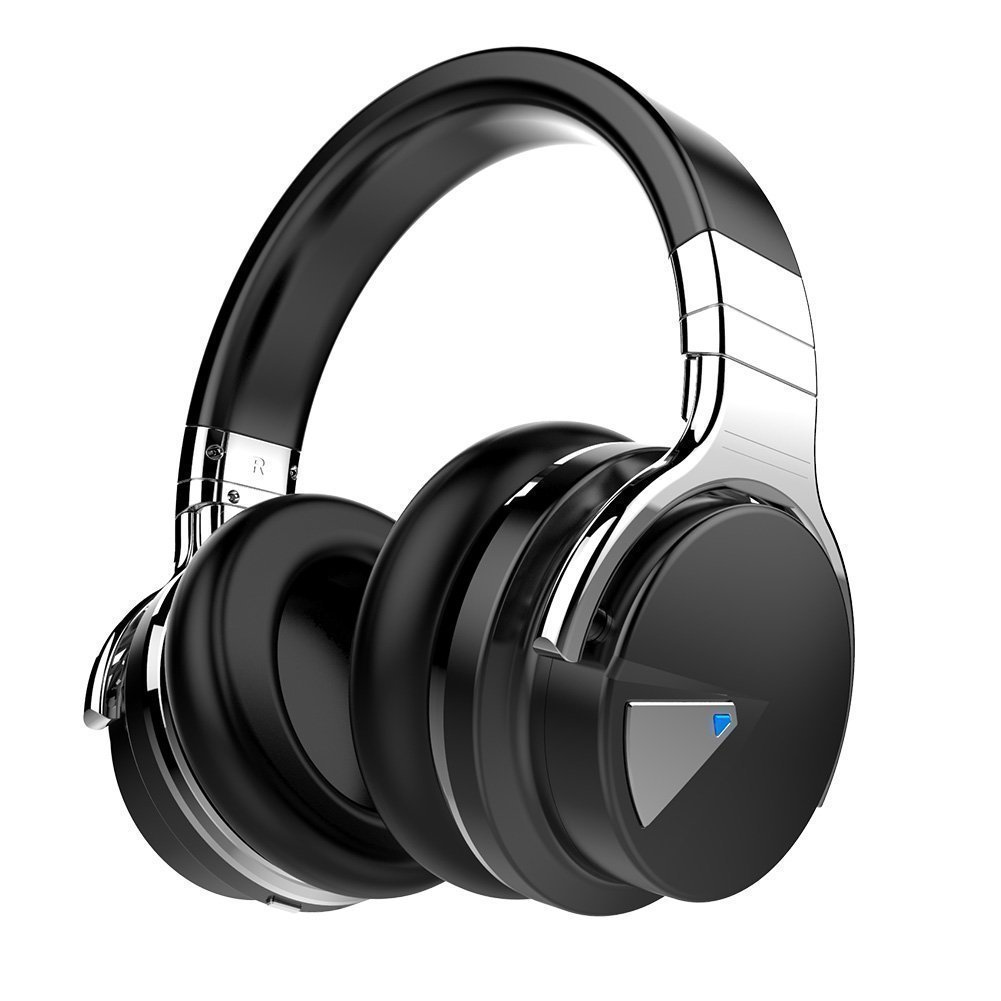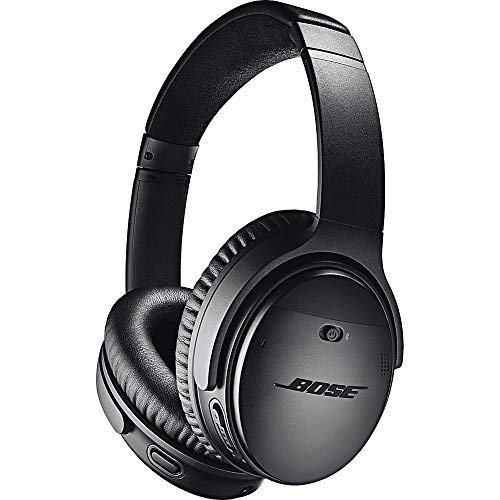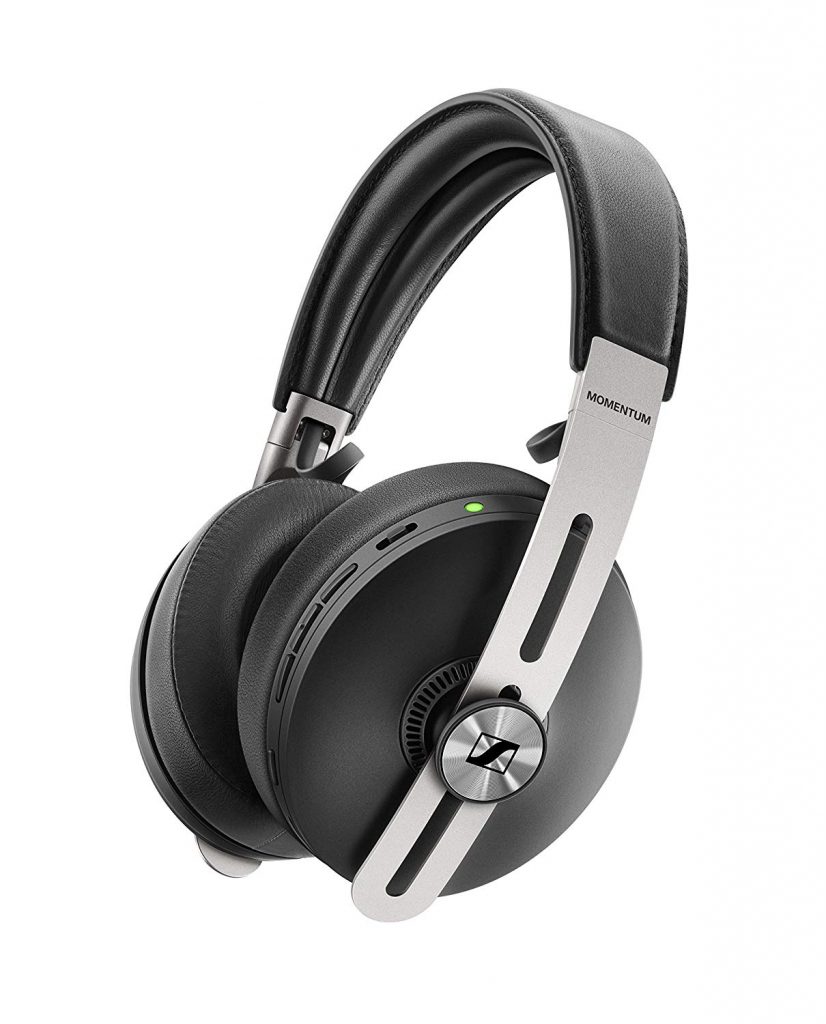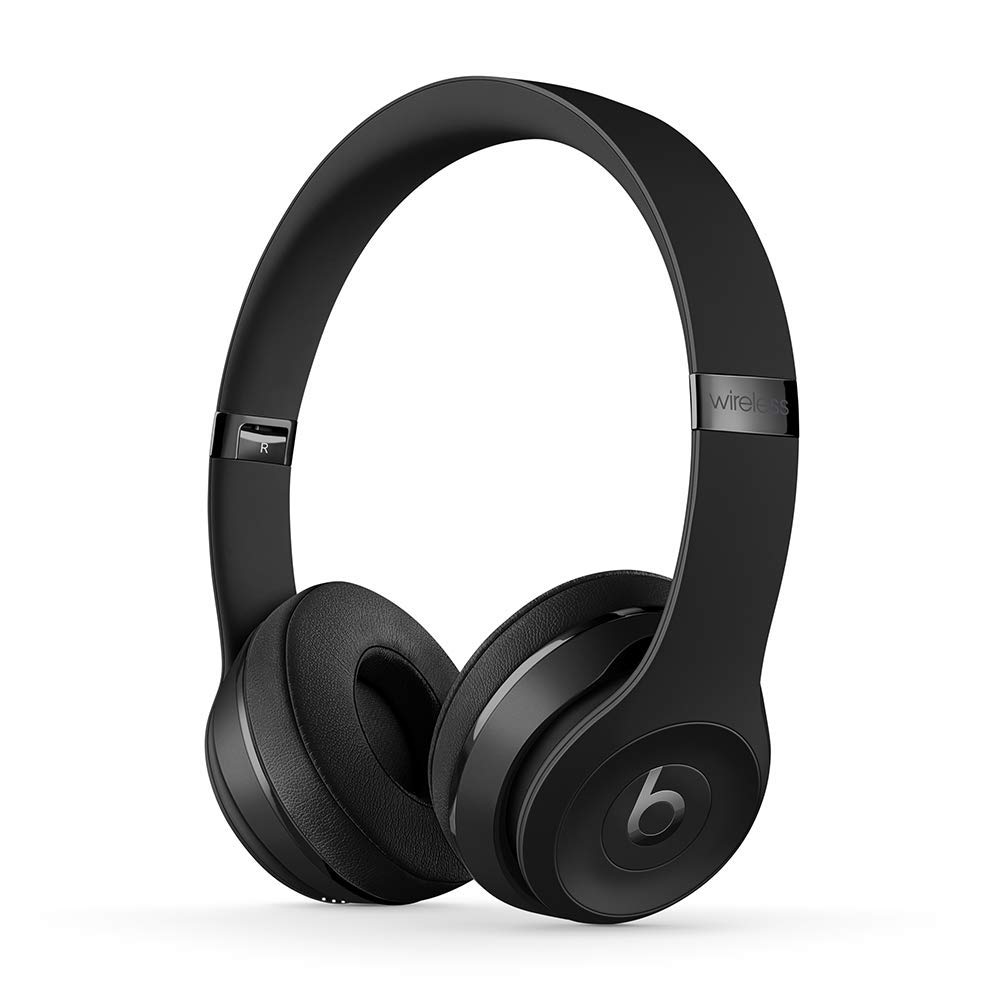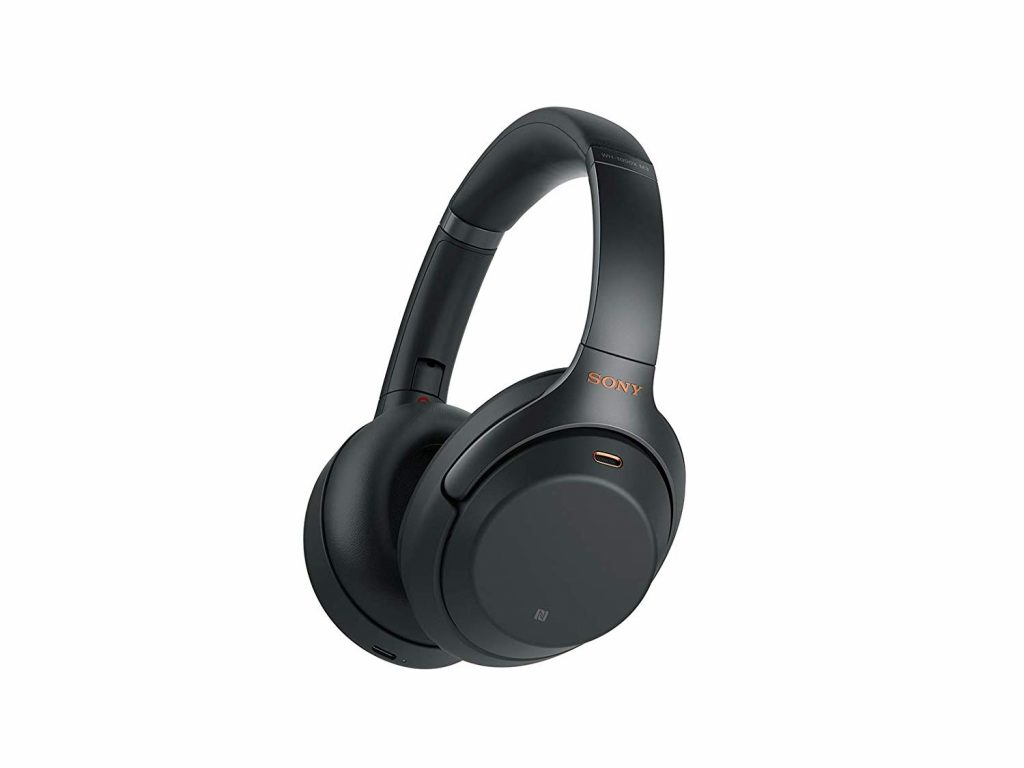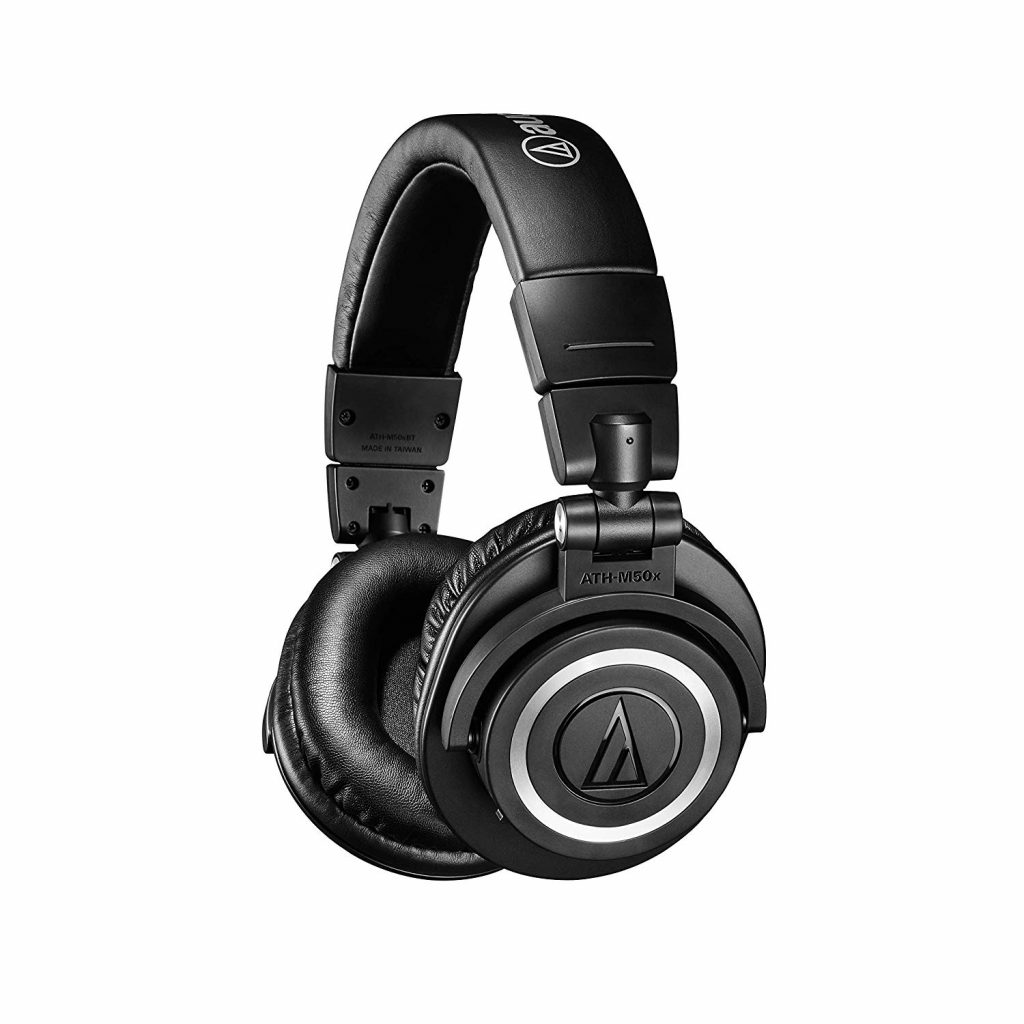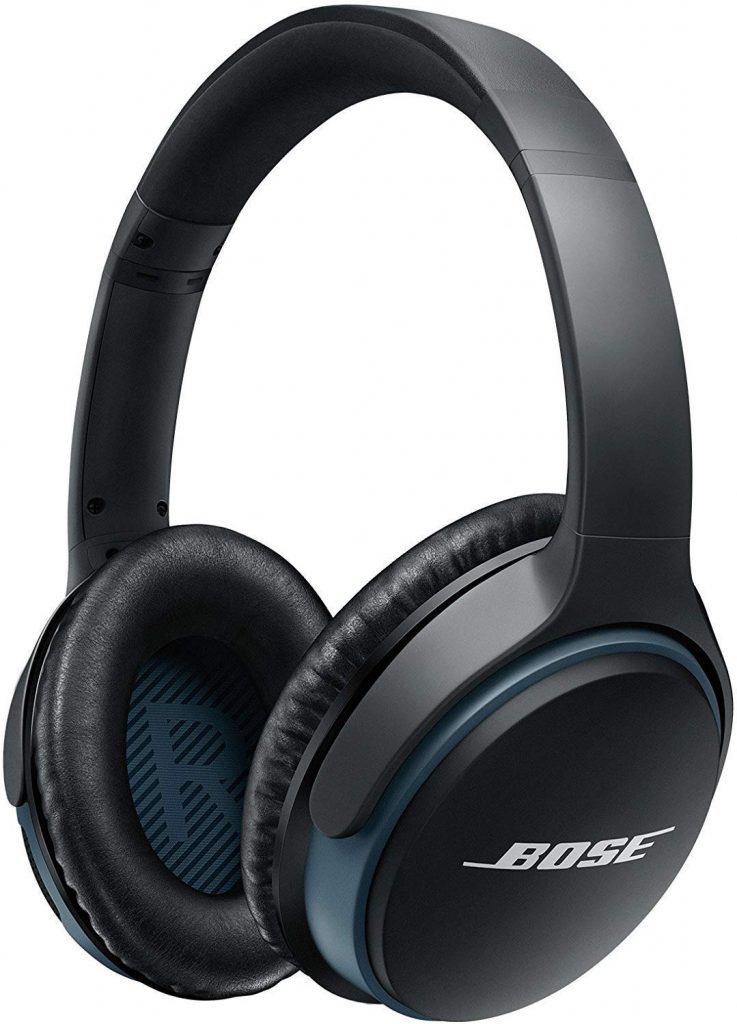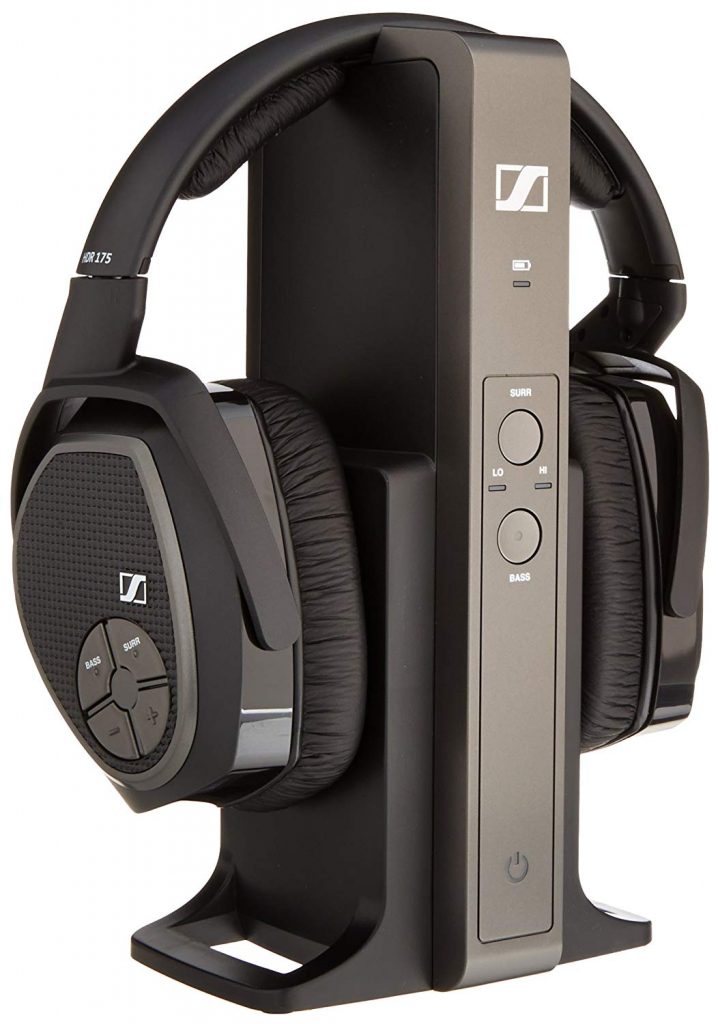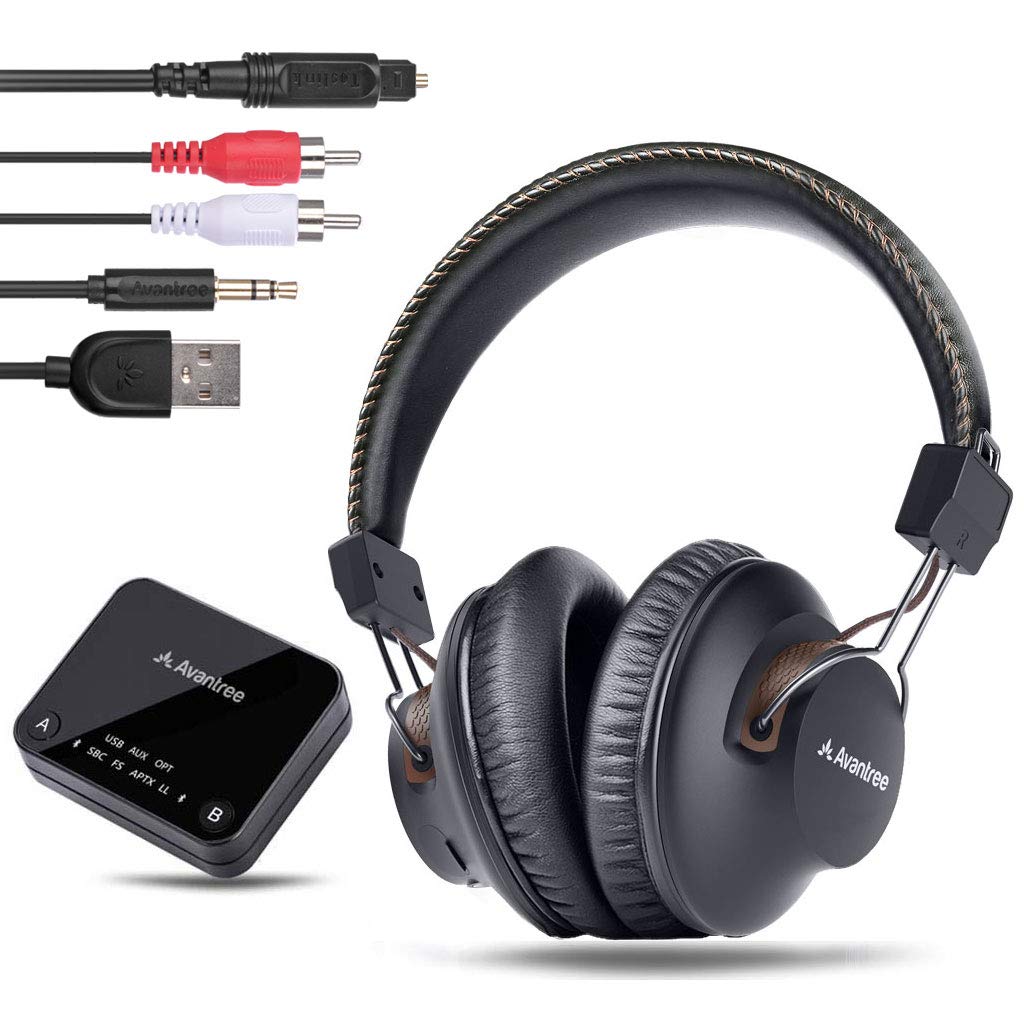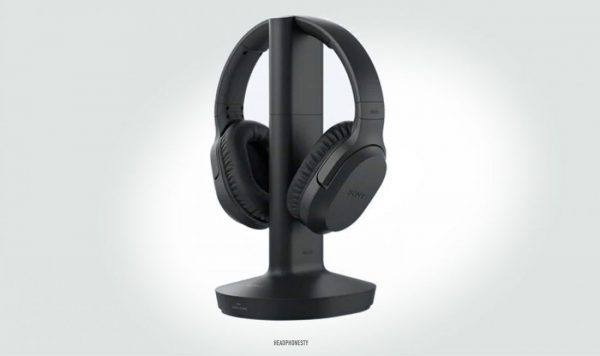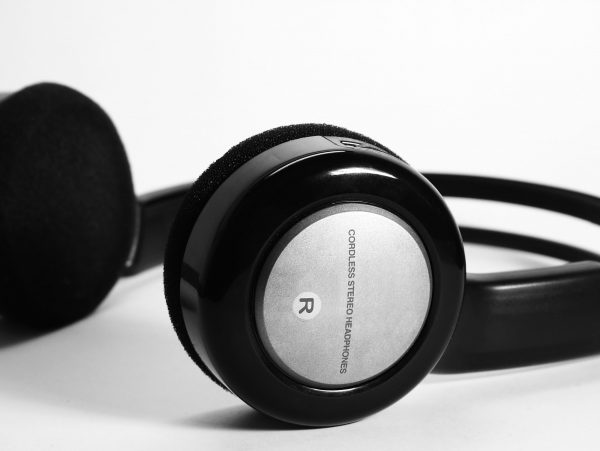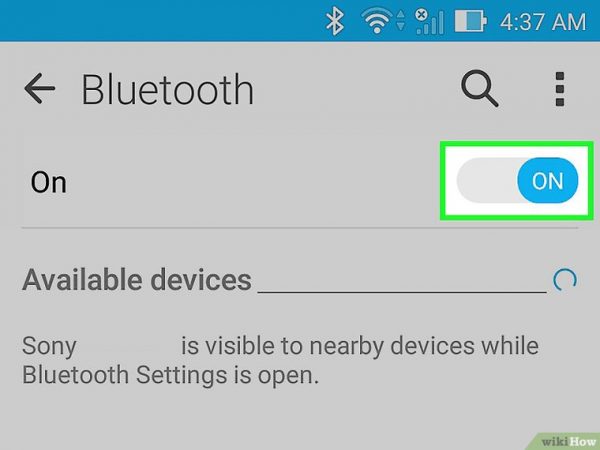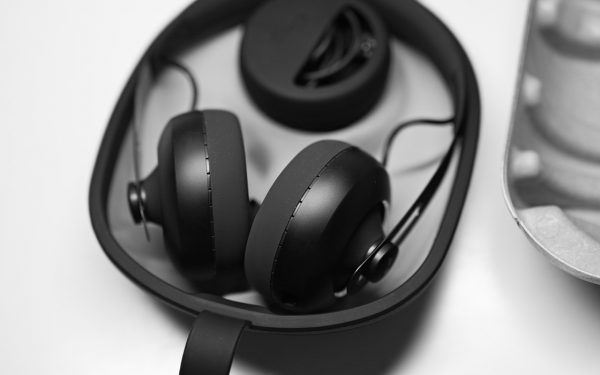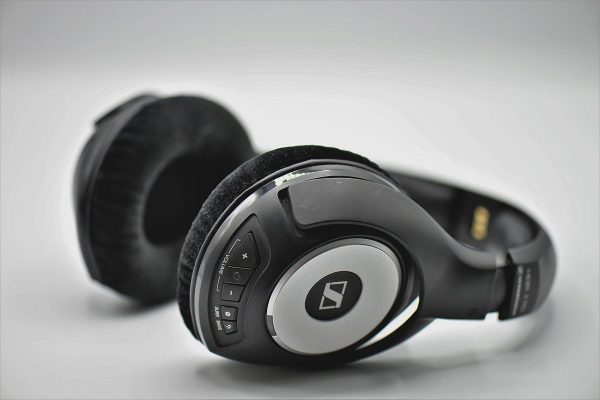But if you’re looking for the best fit for you, it can be tough. There are so many choices out there design, function, and price-wise. This guide will give you a few options to get you started, as well as the top three from all featured brands. So read on and find out which wireless headphones fit your needs!
The Best Wireless Headphones Today
Wireless Headphones For TV
What if you want to watch TV but can’t afford to wake everybody up? Wireless headphones for TV are your best bet. Chances are you own a TV with wireless capability. Owning one makes a lot of sense if you want to watch on a bigger screen without blaring the speakers. Here are a few choices to get you started on these specialized headphones. If you’re looking to enjoy a movie on your TV, these choices are as good as they come. If you want to learn how to download movies to watch or how to download music to listen to, we have guides written just for you.
How Do Wireless Headphones Work?
To know how wireless headphones work, you must understand the tech behind them. Most if not all use Bluetooth technology. There are different versions with the latest being Bluetooth V5.0, but they all work the same. But we’ll take a look at other options aside from Bluetooth as well, for comparison.
Bluetooth
Bluetooth is like the standard for most wireless audio technology. It’s a type of radiofrequency that operates at low power. That way, it doesn’t interfere much with other frequencies. Each Bluetooth sender/receiver has a unique “address” that the other can discover. If you accept the pairing request, you connect the devices. And since Bluetooth doesn’t need a lot of power, the tech can fit inside modern headphones. No need for an external transmitter, like the next tech on this list.
RF
Consider RF as Bluetooth on steroids. It operates at a higher frequency, and thus needs more juice than what a built-in battery can provide. This allows RF headphones to work across distances far beyond Bluetooth reach. It’s like tuning in to a radio station where only your headphones can pick up the sound. To work, RF needs an external transmitter to connect headphones to a TV. You plug the transmitter module to the TV through an audio port. Turn it on along with your headphones, and wait a few seconds for the connection to finish.
Infrared
Unlike the first two technologies, IF doesn’t use radio waves. It uses light. To work, IF devices must line up so nothing can block the line of sight between sensors. It’s like you’re pointing an invisible laser at a sensor, which connects both devices. This technology allows for the best sound quality at zero interference. It’s as close to the sound quality you can get with high-end wired headphones. But the drawback, though, is its limited range at around 10 meters.
Getting Connected
Now that you’re aware of how these headphones work, it makes sense to learn how to connect them. It varies between wireless tech, and here they are from the easiest to the hardest.
Connecting Bluetooth Wireless Headphones
This is the simplest of the three. You have a smartphone, PC, or tablet that has Bluetooth. But if you’re unaware, don’t worry. Here’s what you need to do.
Turn on both Bluetooth devices, aka your headphones and your phone/computer. Scan for new Bluetooth devices on your device. Wait for the headphones to appear on the scan.
Once you see the headphones, tap on the headphone’s name to pair it. Unless you have a pairing password, pairing is easy.
Connecting IF Headphones
Infrared technology is a little trickier. Remember that it only works if you have a clear line of sight between the sensor and your headphones. Cut that line of sight and your headphones will disconnect. But the payoff is you can enjoy the best sound quality possible on wireless headphones.
Turn on the infrared transmitter and your headphones. Since IF isn’t as widespread as Bluetooth, you won’t have as much interference when pairing the two devices. Your headphones should link with the transmitter automatically.
Make sure that you never cut off the line of sight.
Connecting RF Headphones
First things first: you’re not supposed to use radiofrequency (RF) headphones like normal headphones. You can only use them on a TV for quiet viewing. That’s because you need yo power up and connect an external RF transmitter to use them. Here is a general way of connecting RF headphones.
Connect the RF transmitter to your TV audio port, then turn it on.
Turn on your headphones and wait for the devices to connect. Wait for the connection to finish, then adjust the volume on your headphones for comfort. Or use the TV’s volume, whichever applies to you.
Which Wireless Headphones Are For You?
You can pick from IF, RF, or Bluetooth. But your choice should depend on what you intend to use the headphones for the most.
Go for Bluetooth if you’re a typical modern user. Bluetooth is widespread technology in modern headphones. It’s fast, reliable, and produces great music quality. And you don’t have to worry about wires and external transmitters. Go for IF if you’re going to be in specific activities or places. Say, a long car ride. IF’s limited range is even smaller than Bluetooth so it makes sense to use IF headphones while in a car. Or, if you want to watch TV in a smaller room where you won’t need to move around much. Again, line-of-sight sensors are finicky. Go for RF if you want maximum range, but don’t intend to use the headphones outside. You can use them around the house if you want to watch movies or series on your TV without being noisy. It comes in handy for when you need to grab a quick bite in the kitchen, and you don’t want to take off the headphones.
Final Thoughts
Wireless headphones are excellent pieces of modern tech. While the sound quality isn’t equal to wired headphones, they come pretty close. Forget about wires and the hassle of untangling them. You can keep your tunes to yourself for full, unbridled attention.

